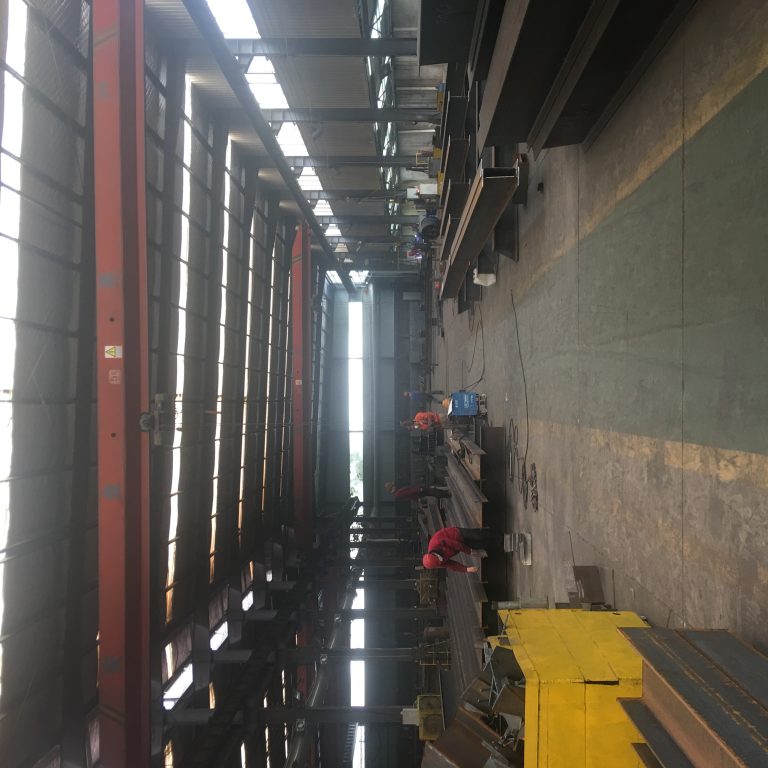To forecast the construction demand of steel structure in new energy vehicle charging stations and supporting facilities.
Inhoudsopgave
Trends in Steel Structure Demand for New Energy Vehicle Charging Stations
The rise of new energy vehicles has brought about a growing demand for charging stations and supporting facilities. As the infrastructure for these vehicles continues to expand, the construction industry is seeing an increased need for steel structures to support these facilities. Steel structures are a popular choice for construction in this sector due to their durability, strength, and versatility.
One of the key factors driving the demand for steel structures in new energy vehicle charging stations is the rapid growth of the electric vehicle market. With more and more consumers making the switch to electric vehicles, the need for charging stations is on the rise. Steel structures are well-suited to support the heavy equipment and machinery required for these facilities, making them an ideal choice for construction projects in this sector.
In addition to the growth of the electric vehicle market, government initiatives and regulations are also playing a role in driving the demand for steel structures in new energy vehicle charging stations. Many governments around the world are implementing policies to promote the use of electric vehicles and reduce carbon emissions. As a result, there is a growing need for infrastructure to support these vehicles, including charging stations. Steel structures are often preferred for these projects due to their sustainability and environmental benefits.
Another factor contributing to the demand for steel structures in new energy vehicle charging stations is the need for fast and efficient construction. With the rapid expansion of the electric vehicle market, there is a sense of urgency to build charging stations quickly to meet the growing demand. Steel structures are known for their ease of construction and quick assembly, making them an attractive option for projects that require a fast turnaround time.
As the demand for new energy vehicle charging stations continues to grow, so too will the need for steel structures to support these facilities. Forecasting the construction demand for steel structures in this sector requires a careful analysis of market trends, government policies, and consumer preferences. By staying informed about these factors, construction companies can better anticipate the needs of the market and position themselves for success in this growing industry.
In conclusion, the demand for steel structures in new energy vehicle charging stations is on the rise due to the growth of the electric vehicle market, government initiatives, and the need for fast and efficient construction. Steel structures offer a durable, sustainable, and cost-effective solution for supporting these facilities, making them an ideal choice for construction projects in this sector. By forecasting the construction demand for steel structures in new energy vehicle charging stations, companies can better prepare for the opportunities and challenges that lie ahead in this dynamic and evolving industry.
Forecasting Construction Demand for Supporting Facilities in New Energy Vehicle Charging Stations
The rise of new energy vehicles has brought about a growing demand for charging stations and supporting facilities. As the adoption of electric vehicles continues to increase, the need for infrastructure to support them is becoming more apparent. One key component of these facilities is the steel structure that forms the backbone of the charging stations.
Steel structures are a popular choice for construction in new energy vehicle charging stations due to their durability, strength, and versatility. They provide a solid foundation for the charging equipment and can withstand the elements, making them ideal for outdoor installations. As the demand for new energy vehicle charging stations continues to rise, so too does the need for steel structures to support them.

Forecasting the construction demand for steel structures in new energy vehicle charging stations and supporting facilities is essential for planning and resource allocation. By analyzing current trends in the electric vehicle market, as well as projections for future growth, stakeholders can better understand the scale of construction needed to meet demand.
One factor to consider when forecasting construction demand is the rate of adoption of electric vehicles. As more consumers make the switch to electric cars, the need for charging infrastructure will increase. This, in turn, will drive the demand for steel structures to support these facilities. By tracking the growth of the electric vehicle market and projecting future adoption rates, stakeholders can estimate the number of charging stations that will need to be built and the corresponding demand for steel structures.
Another consideration when forecasting construction demand is the location of new energy vehicle charging stations. Urban areas with high population densities and a greater number of electric vehicles on the road will require more charging infrastructure. This means that cities and metropolitan areas will likely see a higher demand for steel structures in their charging stations and supporting facilities. By analyzing population growth and transportation patterns, stakeholders can identify areas where construction demand is likely to be highest.
In addition to the number and location of charging stations, stakeholders must also consider the design and specifications of the steel structures needed for these facilities. Different types of charging stations may require different configurations of steel beams, columns, and trusses to support the equipment and provide a safe and efficient charging experience. By working closely with architects, engineers, and construction professionals, stakeholders can develop detailed plans for the steel structures needed in new energy vehicle charging stations.
Overall, forecasting the construction demand for steel structures in new energy vehicle charging stations and supporting facilities is a complex but essential task. By analyzing market trends, adoption rates, location data, and design specifications, stakeholders can develop accurate projections for the construction needed to support the growing demand for electric vehicles. With careful planning and strategic resource allocation, the construction industry can meet the needs of the new energy vehicle market and help drive the transition to a more sustainable transportation system.








